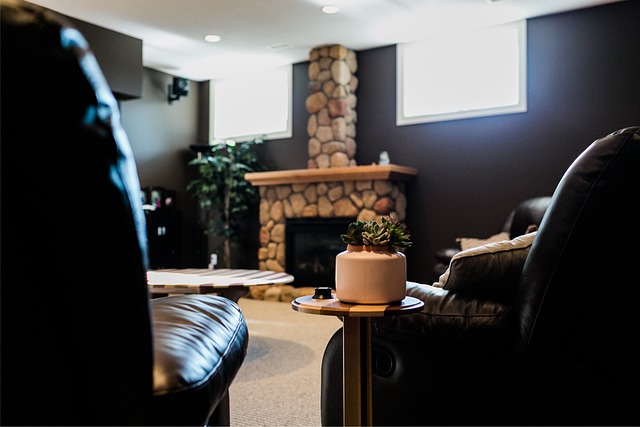
When most people think about renovating their homes, they picture fresh paint, new flooring, or updated kitchens. What often goes overlooked is how these projects can influence something you can’t see: the air you breathe every day. One of the less talked about concerns, especially in South Texas, is radon and how construction changes can affect indoor air quality.
What is Radon?
Radon is a naturally occurring radioactive gas. It is produced when uranium in soil and rock breaks down. It has no smell or color, and the only way to detect it is through testing. While certain regions of the country have higher average radon levels, it can be found anywhere, including homes in and around San Antonio. Long-term exposure to high radon levels is a known health risk, so awareness is critical.
How Renovations Can Change Air Movement
When a home is built, it develops a natural balance in the way air enters and exits. Renovations, whether large or small, can disrupt that balance. For example:
- Finishing basements or enclosed crawlspaces can trap radon that might otherwise dissipate.
- Installing new windows or doors improves efficiency but also reduces natural ventilation, which can allow radon concentrations to rise.
- Adding rooms or expansions may change air pressure inside the home, drawing radon in through cracks in the slab, foundation joints, or gaps around pipes.
- Upgrading HVAC systems without accounting for air exchange rates can unintentionally circulate contaminants more efficiently.
Each of these projects can shift how your home “breathes,” which directly impacts air quality.
Why Testing Matters Before and After Renovation
Even if your home has tested safe in the past, that result doesn’t guarantee it will remain the same after significant work. Renovations often alter airflow, and with radon being unpredictable, retesting is the only way to know for sure. Testing is straightforward, relatively inexpensive, and can be performed before renovations begin and again after the work is complete.
Improving Indoor Air Quality Beyond Radon
While radon deserves attention, renovations can introduce other pollutants as well. Dust, off-gassing from new building materials, and chemical residues from paints and adhesives can linger long after the project is finished. Using low-VOC products, sealing gaps in the foundation, and ensuring proper ventilation all go a long way toward maintaining a healthy living environment.
A Healthy Home is a Safer Home
Renovations are exciting and can add tremendous value to a property. At the same time, they offer the perfect opportunity to address hidden air quality issues. By incorporating radon testing and making thoughtful choices about ventilation and materials, homeowners can enjoy both the beauty of their improvements and the peace of mind that comes from clean, safe air.


